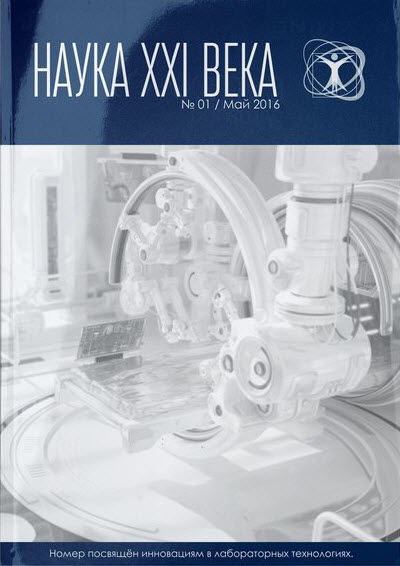Срочная публикация научной статьи
+7 995 770 98 40
+7 995 202 54 42
info@journalpro.ru
Teaching reading in advanced level
Рубрика: Педагогические науки
Журнал: «Евразийский Научный Журнал №5 2019» (май, 2019)
Количество просмотров статьи: 1885
Показать PDF версию Teaching reading in advanced level
DJURAKULOVA KUMUSH
A Student of TerSU
As we know, today’s schools face complex and difficult challenges. Classrooms are diverse, they are filled with students who require differentiation, given their diverse backgrounds and needs. Further, with the challenges of the 21st century requiring students to be prepared to function in a highly technological and global society—to be college and career ready—come very high expectations for advanced literacy competence. Moreover, although there is a notable increase in academic expectations via higher standards, such developments neither ensure educational equity nor guarantee learning for all.
For many years, the reading specialist was the professional who worked with students, who are in advanced level, having difficulty with reading, typically in a small group or one on one. Currently, these professionals fulfill a wider variety of roles and responsibilities than ever before. Some specialists work in classroom settings with students experiencing difficulty in learning to read and write.
The Reading is an instructional one, predominantly working with students who are experiencing difficulties with reading and writing. Students who struggle with reading often lack the thinking skills, such as memory, planning, and the ability to shift focus when necessary, that seem natural to skilled readers. For many teachers, the process of reading is so familiar that they often have difficulty explaining it to students.
When students have no choice about the books they read, it can harm their independence as readers. Students feel less invested when they’re handed books and told to dive in. Within this model, they often learn to play the game of paying attention in class and regurgitating what the teacher wants on a test or quiz. Often, when students have no agency over what they read, they stop enjoying it. And this ultimately kills their motivation.
In teaching reading for advanced level learners we can use authentic materials. The advantage of authentic materials is that they give higher-level students exposure to unregulated native-speaker language — the language as it is actually used by native speakers communicating with other native speakers. Authentic materials as key in receptive skills and learning conventions — “authentic listening” to speakers, ideally on video, in particular. “Authentic” materials — a contract or an email — are often a starting point for my advanced students and myself to discuss how to communicate most effectively. They will stumble over a phrase or expression and want to discuss the meaning related intentions and connotations. The authenticity of the materials makes them authoritative. Authentic materials:
• Help prepare learners for the ‘real’ world of communication;
• Guide learners toward the language they need for their particular context.
Undoubtedly using the authentic texts in teaching languages has proved its efficiency as a means of conveying information to the language learners.
When students’ English proficiency and basic reading skills have increased, we can teach the following steps, but to all students — because everyone will benefit:
· In pairs, have students survey the text and use an idea map to record the main idea and details.
· Ask partners to read the text.
· Have partners restate the main idea and supporting details. At this point, they can add to their idea map or make necessary corrections.
· Then ask students to reread the text and either develop their own questions (pretending to prepare a test for their partner) or write a short summary of what they just read.
· After that, have partners check each other’s work.
· Finally, partners can share their questions or summaries with other teams.
USED LITERATURE
- Echevarria J., Vogt M. E., & Short D. J. Making content comprehensible for English language learners: The SIOP model. Needham Heights, MA: Allyn & Bacon., 2000.
- Afflerbach P., David Pearson P. & Paris S. Clarifying differences between reading skills and reading strategies., 2008.
- Alderson J. Charles. Assessing reading. Cambrid., 2000.
- Banford J. & Say R. R. Extensive reading activities for teaching language. Cambridge: Cambridge University Press., 2004.









